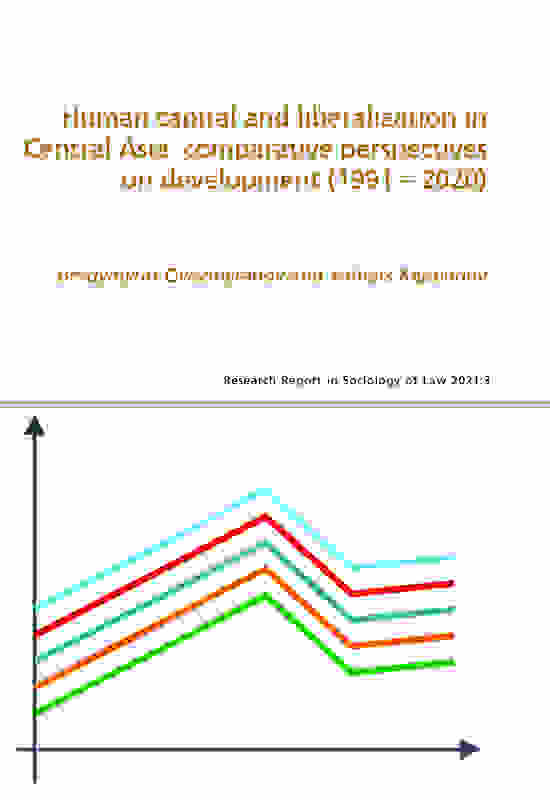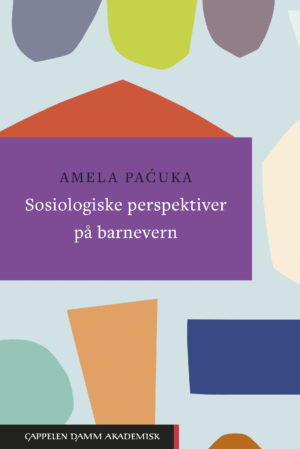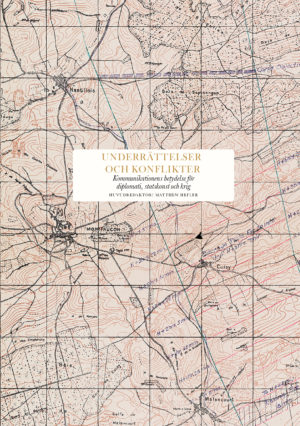Central Asian Law
This research report was written by guest researchers at the Department of So- ciology of Law, Lund University, who conducted interdisciplinary research on various topics related to sustainable development and business environments in Central Asia. The stays of these researchers from Central Asia took place in the framework of the EU-funded project “Central Asian Law: Legal Cultures and Bu- siness Environments in Central Asia” (project number 870647 H2020 MSCA-RI- SE 2019-2023), which runs from 01/03/2020 through 28/02/2024. The project is coordinated by Lund University, and the project consortium includes Europe- an universities (University of Zurich, Charles University Prague, Riga Graduate School of Law, Marmara University, University of Latvia) as well as Central Asian partner institutions (L.N. Gumilyov Eurasian National University, Khujand Poly- technic Institute of the Tajik Technical University, SIAR Research and Consulting, Tebigy Kuwwat Public Association, Academy of the General Prosecutor’s Office of Uzbekistan, Westminster International University in Tashkent).
The report includes studies on selected development topics in Central Asian countries. The purpose is to contribute insights on the role played by human ca- pital and liberalization in four essential areas concerning sustainable development: science, foreign investment, renewables, and online presence. Methodologically, the presented studies mainly rely on the analysis of data available from internatio- nal organizations. The strength of the analysis is derived from the scale of the data on the countries accumulated over the three decades of their independence. The comparative studies offer new ways of understanding Central Asia, considering the distinct features of the countries in the region and how these changed over the period from 1991 to 2020. The authors made an effort to write the report in a manner accessible to non-specialists. Findings and implications could be of in- terest to policymakers, scholars, and students in the field of Central Asian studies.







